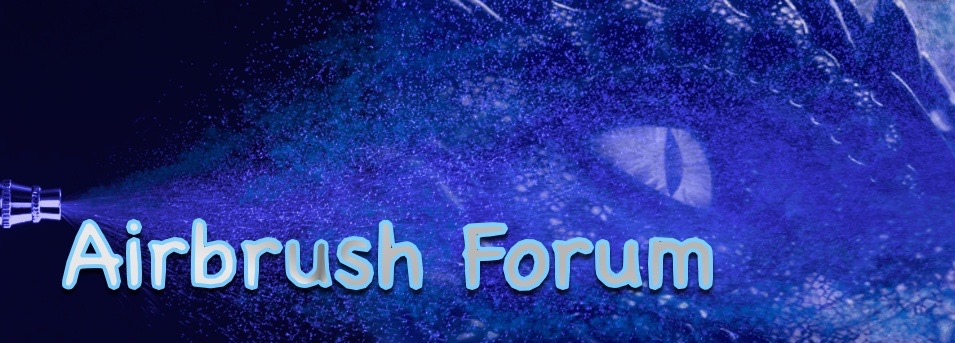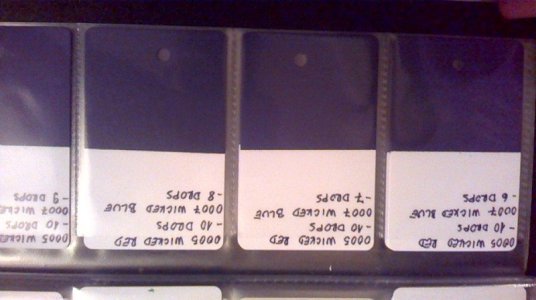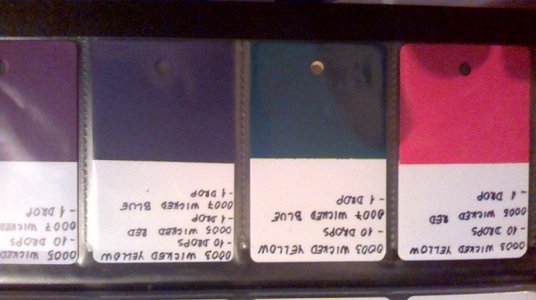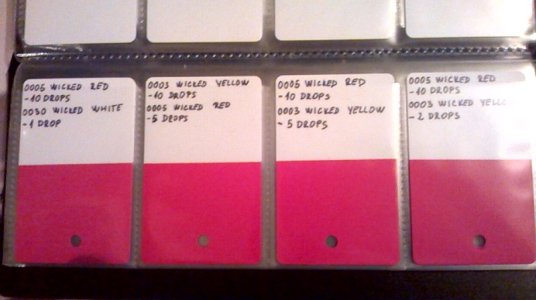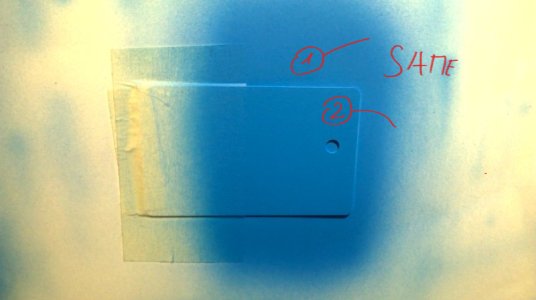O
OzAirbrush
Guest
Here's some great tips from Dan Nelson on mixing colours for airbrushing.
It's not a colour mixing tutorial as such but a guide on how to mix up a test colour in your ab.
The best tip was how to store your colour mixture on card stock to build up your own colour mixing library
http://www.jerrysartarama.com/free-...s/how-to-mix-colors-in-an-airbrush-dan-nelson
It's not a colour mixing tutorial as such but a guide on how to mix up a test colour in your ab.
The best tip was how to store your colour mixture on card stock to build up your own colour mixing library
http://www.jerrysartarama.com/free-...s/how-to-mix-colors-in-an-airbrush-dan-nelson
